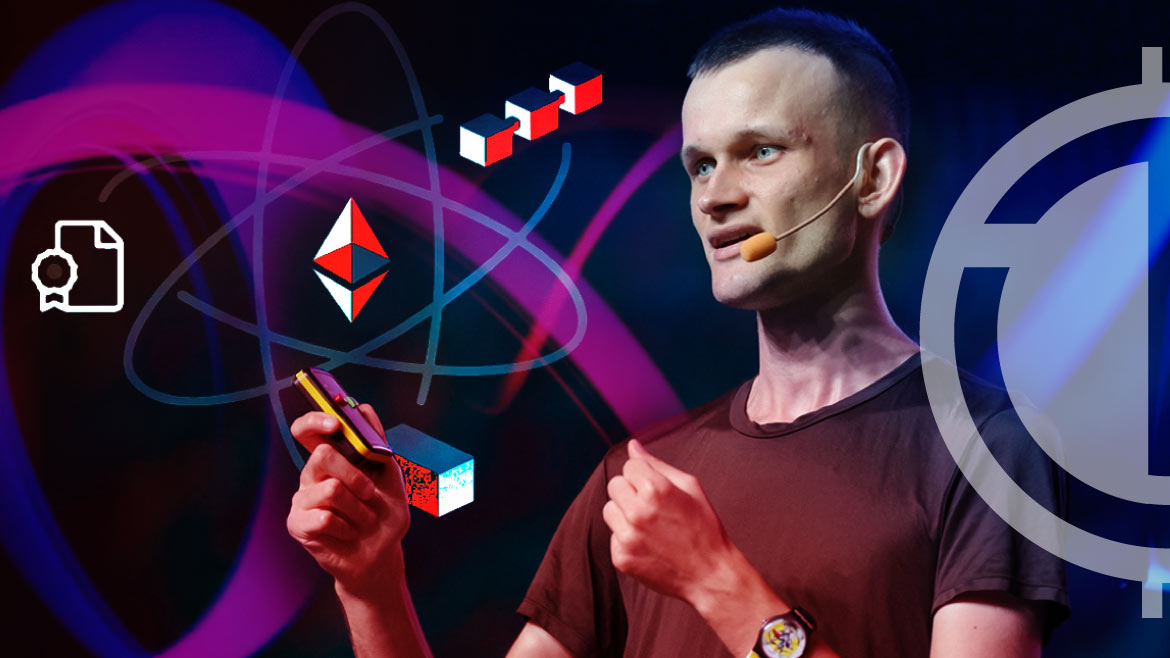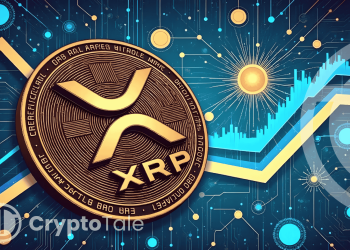- Renowned Ethereum co-founder Vitalik Buterin delves into the intricacies of blockchain architecture, shedding light on the evolving Layer 2 ecosystem.
- StarkNet, Arbitrum, Optimism, and Scroll lead the charge, enhancing security and performance within the Layer 2 ecosystem.
- Buterin’s analysis reveals a dynamic future where varying project needs, data costs, and evolving technology define the Layer 2 landscape.
In a pivotal move, Vitalik Buterin, co-founder of Ethereum and a renowned figure in the blockchain and cryptocurrency industry, discussed the intricate layers of blockchain architecture. Buterin shared his insights on X post, shedding light on the dynamic evolution of Ethereum’s Layer 2 ecosystem.
About a month ago, I tried to draw this to categorize the layers, but I realized…
— vitalik.eth (@VitalikButerin) October 31, 2023
(i) layer 2 vs layer 3 is an architecture distinction, not a security distinction, making it much less neat
(ii) the big intermediate space between rollups and validiums creates a, err, firestorm pic.twitter.com/Uj4f3jab0K
According to a recent report, the Layer 2 ecosystem, primarily focused on ZK-EVM rollups, which includes StarkNet, Arbitrum, Optimism, and Scroll, has been making substantial strides in improving security and performance. Beyond this, various teams create sidechains and layer 1 projects, as well as entirely new ventures such as Linea and Zeth, with plans to develop rollups and explore validium adoption.
One of the significant trends emerging in the Layer 2 space is the increasing heterogeneity of projects. This trend is expected to persist for several compelling reasons. Some standalone Layer 1 projects aim to integrate more closely with the Ethereum ecosystem, potentially transitioning into Layer 2. These projects favor a gradual transition, avoiding sudden shifts that could disrupt usability. A phased approach ensures that technology is ready to support a full migration. Conversely, immediate transitions risk compromising momentum and relevance.
In parallel, centralized projects are exploring blockchain-based solutions to offer enhanced security guarantees to their users. These projects, which might have previously been considered “permissioned consortium chains,” now seek a “halfway-house” level of decentralization. Furthermore, their high throughput, while beneficial, makes them unsuitable for rollups in the short term.
Non-financial applications, such as games and social media platforms, aspire to embrace decentralization but require a more moderate security level. For instance, social media apps can differentiate between activities with varying security requirements. While username registration and account recovery may demand the robust security of a rollup, less critical functions like posts and votes can operate with a lower level of security. In these cases, the cost of occasional chain failures is deemed acceptable.
The Layer 2 landscape is also influenced by the cost of Ethereum’s native data availability and the unique needs of each application. As technology evolves and data compression improves, the security vs. scale trade-off is expected to evolve, accommodating the varying requirements of different projects.
Buterin emphasizes the importance of partial guarantees, specifically pre-confirmations, for low-value applications. These pre-confirmations offer hybrid solutions that balance security and latency. For instance, consumer payments can benefit from lower latency with some trade-off in security, while high-value financial transfers may prioritize maximum security, accepting higher latency.
Buterin’s insights into Layer 2’s transformation underscore the complex dynamics and ever-evolving landscape of Ethereum’s Layer 2 technology. The Layer 2 space is adapting to accommodate diverse projects with unique security and scalability needs, all while aiming to provide a seamless user experience and maintain security assurances. The future of Layer 2 is characterized by innovation, flexibility, and the pursuit of optimal security solutions.












